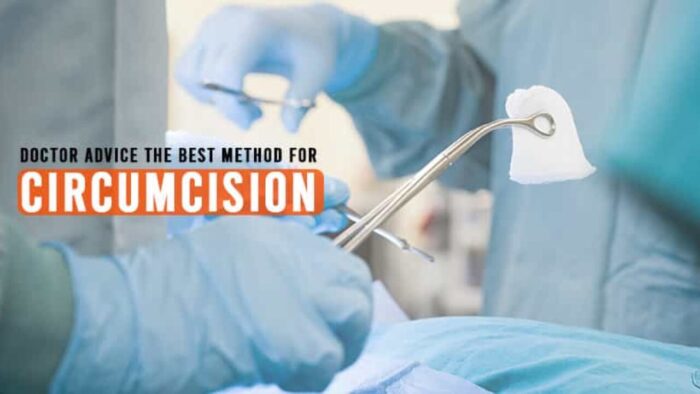
The Benefits of Circumcision
Circumcision Sydney is a surgical procedure that strips away the skin at the end of a boy’s penis, performed for various reasons such as religious, social or cultural.
Circumcision has several benefits, such as decreasing the risk of HIV/AIDS and treating certain medical conditions. However, there are potential risks too – including restricted urine outflow (meatal stenosis) and issues with penis appearance.
Lowers the Risk of HIV/AIDS
Also, condoms protect against other sexually transmitted diseases (STDs). Other STDs can raise the risk of HIV by weakening delicate vaginal and anal tissues that are vulnerable to infiltration through cuts, tears or openings in skin.
There are ways to reduce the risk of HIV, such as using condoms correctly every time you have sex and taking medicine that prevents HIV. These drugs can help bring your viral load down to “undetectable” levels – meaning there is so little HIV in your blood that it cannot be detected through standard tests.
Condoms and medication taken as prevention can reduce your risk of contracting HIV by up to 100%. Speak with your doctor or sexual health clinic for guidance on the most effective way to reduce this infection.
Reduces the Risk of Cervical Cancer
Circumcised male partners can reduce the risk of cervical cancer in women, especially those who have only had one sexual partner. This is because circumcision lowers a woman’s exposure to HPV — the virus responsible for most cervical and other genital cancers — which increases her vulnerability.
Circumcision can protect against several STDs, such as HIV/AIDS and chlamydia. Furthermore, it reduces the risk of cervical dysplasia and herpes simplex virus type 2 infection.
Circumcision Melbourne can reduce the risk of HIV/AIDS transmission among males by preventing male-to-male sexual contact. It also decreases other potential sources of transmission, such as injection drug use or sharing needles for body piercings.
Furthermore, it reduces the likelihood of a urinary tract infection during childhood. Although the procedure can be unpleasant, pain relief techniques are employed for your comfort.
Infants and children generally do not experience any risks from this procedure, though older ones may experience complications that could have long-term health implications. These include bruising and swelling as well as any side effects from the method or medicine used to relieve pain; it could even be psychologically traumatic. It is essential to discuss any complications with your healthcare provider.
Prevents Balanitis
Circumcision is the most effective treatment for balanitis. This procedure removes the foreskin covering the penis, creating a dry environment in which bacteria or fungal infections can thrive, decreasing swelling and pain associated with this condition.
Balanitis is typically caused by either fungus or bacteria and can be treated with a combination of antifungal creams and antibiotics. If symptoms of balanitis persist or worsen, it’s wise to consult a healthcare professional for further assistance.
Promoting good hygiene is the best way to avoid this condition. This includes regularly washing your penis and thoroughly drying it after each wash.
Additionally, it’s wise to avoid products that irritate skin and make the area more susceptible to infection. Excessive washing with soap can further aggravate this condition.
Men with recurring balanitis should discuss circumcision with their healthcare provider. It can help reduce the number of episodes and enhance quality of life for all involved.
Prevents Sexually Transmitted Infections
Recent meta-analyses have demonstrated that circumcision is an effective way to reduce the risk of genital infections and also provides protection against chlamydia and syphilis.
Circumcision is a surgical procedure that may be performed under general anesthesia, but it can still be painful, particularly for infants who are more prone to pain during surgery. To alleviate the discomfort, the practitioner can use an anesthetic, topical anesthetic or oral anesthetic like acetaminophen as an oral anesthetic.
The good news is that most people recover from surgery within a day or two. However, complications such as bleeding or infection require extra medical care; especially for infants, children, and adolescents. It should be performed by an experienced practitioner using a sterile technique for your safety. If you have questions or need clarification on anything during the procedure, speak to your doctor or surgeon who should be able to provide all relevant information and answers.
